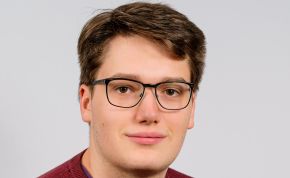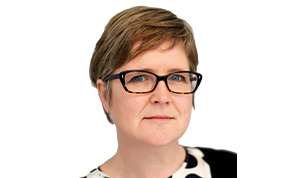New funding only enough in the short term, says IFS
The institute’s analysis said that once funds earmarked for social care of around £1.8bn has been set aside, it is likely the remaining £9bn allocated to the Department of Health and Social Care in 2022/23 and £7bn in 2023/24 will be sufficient to deal with health-related Covid pressures. It estimates £9bn will be needed in 2022/23 and £6bn the following year.
And, if the NHS meets the government plan of boosting capacity by 10%, waiting lists could return to pre-pandemic levels in three or four years, it said.
 However, the institute added that the NHS was showing signs of strain even before the pandemic, with growing elective waiting lists, the target for A&E patients seen within four hours consistently missed, and the estimated costs of eradicating ‘high risk’ backlog maintenance quadrupling since 2010.
However, the institute added that the NHS was showing signs of strain even before the pandemic, with growing elective waiting lists, the target for A&E patients seen within four hours consistently missed, and the estimated costs of eradicating ‘high risk’ backlog maintenance quadrupling since 2010.
Spending growth in the decade to 2009/10 averaged 1.6% in real terms – lower than any previous decade in NHS history, while the NHS entered the pandemic with 39,000 nursing vacancies in England, and fewer doctors, hospital beds and CT scanners per person than in many similar countries. In real terms, pay was lower in 2021 than in 2011 for consultants (by 9%), junior doctors (4%) and nurses (5%), it added.
The IFS said the government plans suggest there will be little in additional virus-related funding after 2023/24. The institute believes Covid-related pressures on the NHS in 2024/25 will require £5bn more than previously planned. ‘Meeting those ongoing pressures would likely require additional funding, or large savings from elsewhere in the NHS budget,’ the IFS said.
The report set out the estimated costs and potential savings over the next few years. Covid-associated spending would remain substantial, but would fall, it said, from around £5.2bn in 2022/23 to £2bn in 2023/24 and £900m in 2024/25.
However, indirect costs could grow and be more persistent, it warned. The NHS could need £2.5bn a year between 2022/23 and 2024/25 to catch up on missed activity – possibly enough to return waiting lists to pre-pandemic levels within that period if capacity is boosted and unit costs do not rise substantially.
The pandemic could save the NHS money. It has led to the widespread adoption of remote outpatient appointments, for example, and together with reduced demand due to Covid deaths could save at least £700m a year over the three-year period, the report said.
Max Warner (pictured above), a research economist at the IFS and an author of the research, said: ‘The resources that the NHS will need to cope with pandemic-related pressures over the coming years are a huge known unknown. Based on our best estimates the funding announced by the prime minister this week should be enough to meet these pressures for the next two years. But the settlement seemingly allows for almost no additional virus-related spending in 2024/25, making it almost inevitable that these initial plans will be topped up down the line.’
Saffron Cordery (pictured), deputy chief executive of NHS Providers, added: ‘The IFS analysis is helpful, recognising the extra funding for the NHS, at a time of constrained public spending, and reinforcing our warning that it falls short of what is needed for patients given the seismic impact of Covid-19 and rising demand for NHS services.

‘The government made a commitment to give the NHS whatever it required to deal with the pandemic. While the new funding makes a start on addressing backlogs, it unfortunately does not go nearly far enough. As a result, health and care leaders will need to consider where and how to prioritise care for patients.’
She called on the government to be clear with the public about what can be achieved with the funding. ‘We urge the government to manage public expectations about how long it will take to deal with the care backlog, given that this settlement is the start of the journey and Covid-19 means there will be much uncertainty on the way.’
Related content
We are excited to bring you a fun packed Eastern Branch Conference in 2025 over three days.
This event is for those that will benefit from an overview of costing in the NHS or those new to costing and will cover why we cost and the processes.